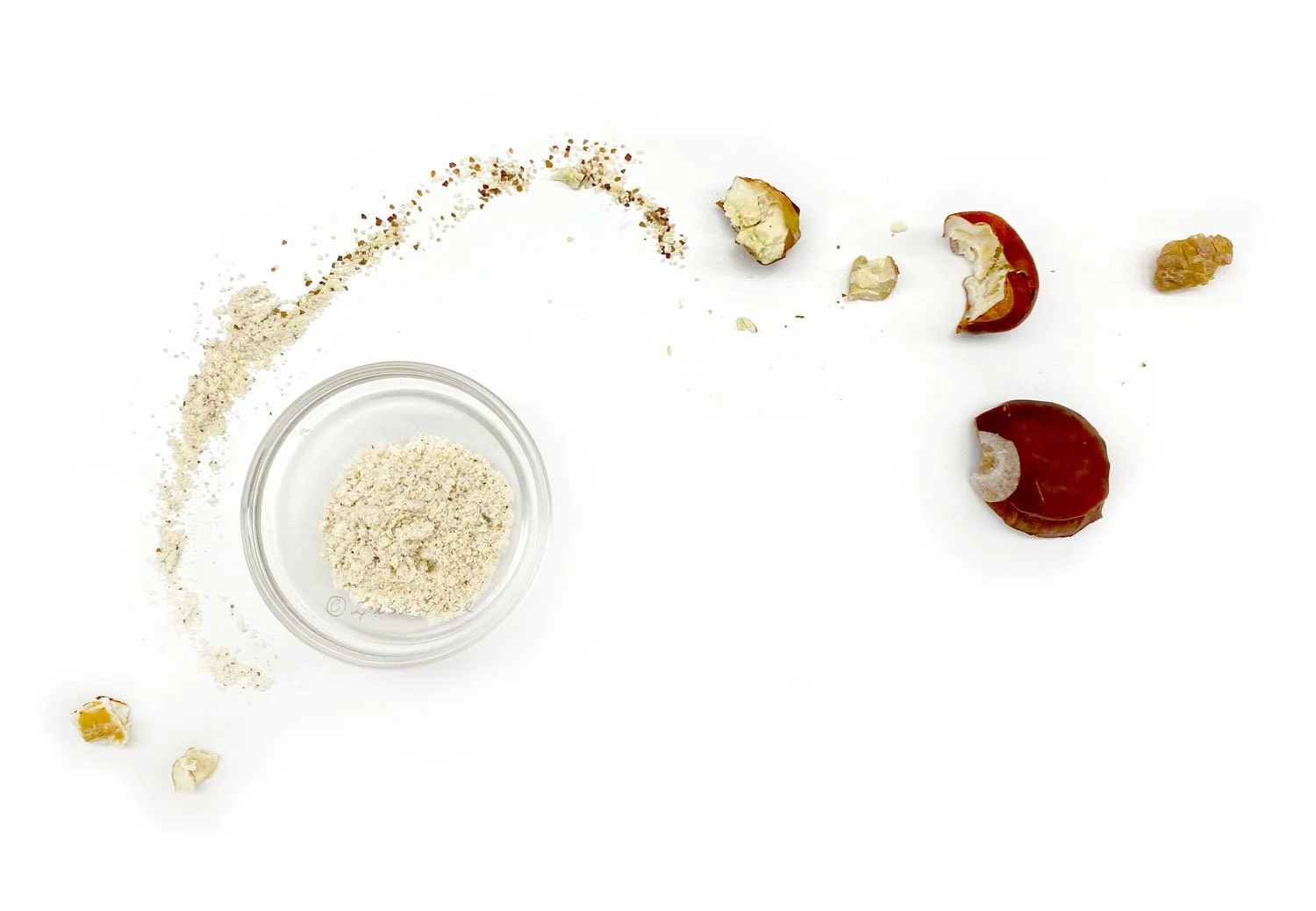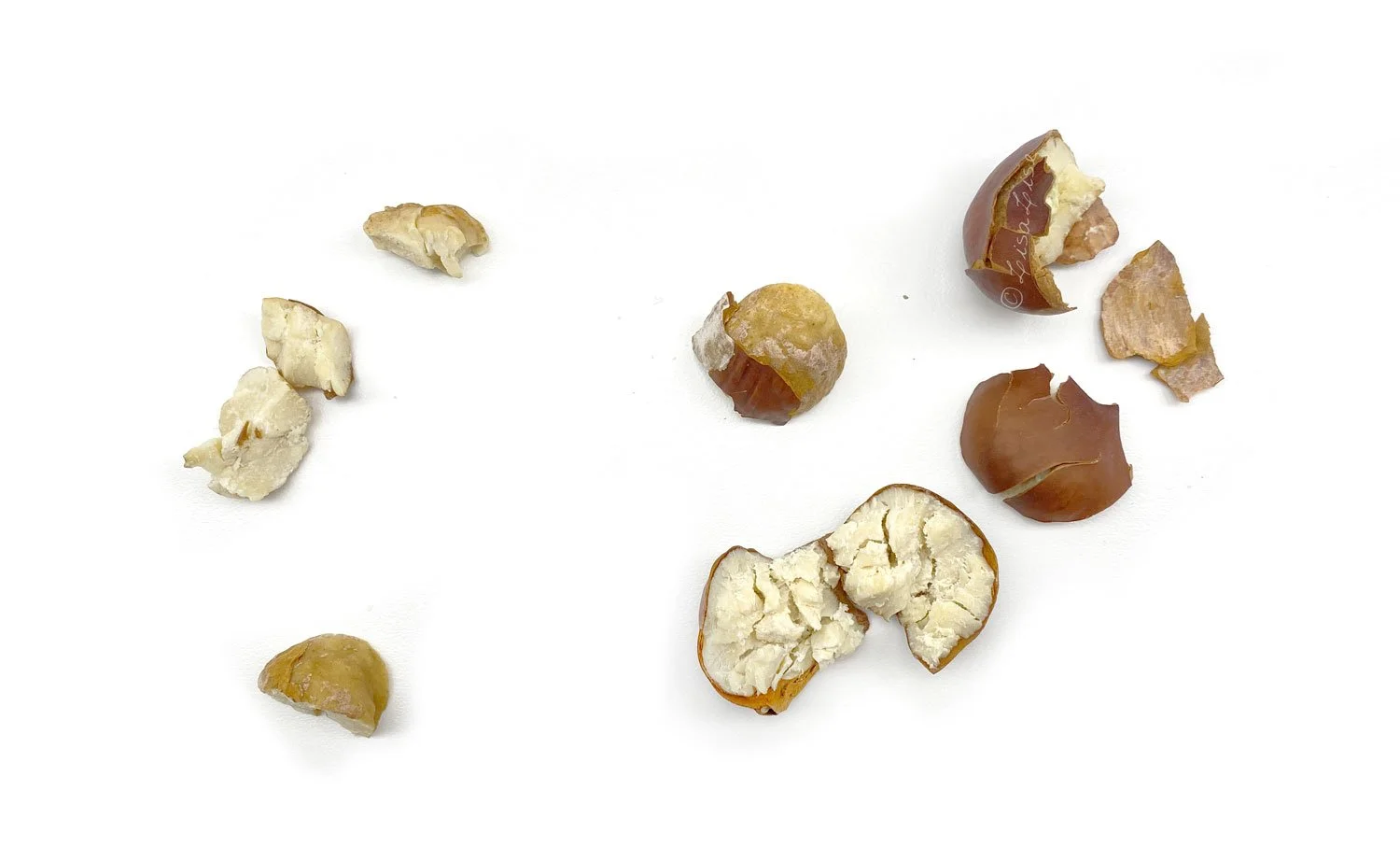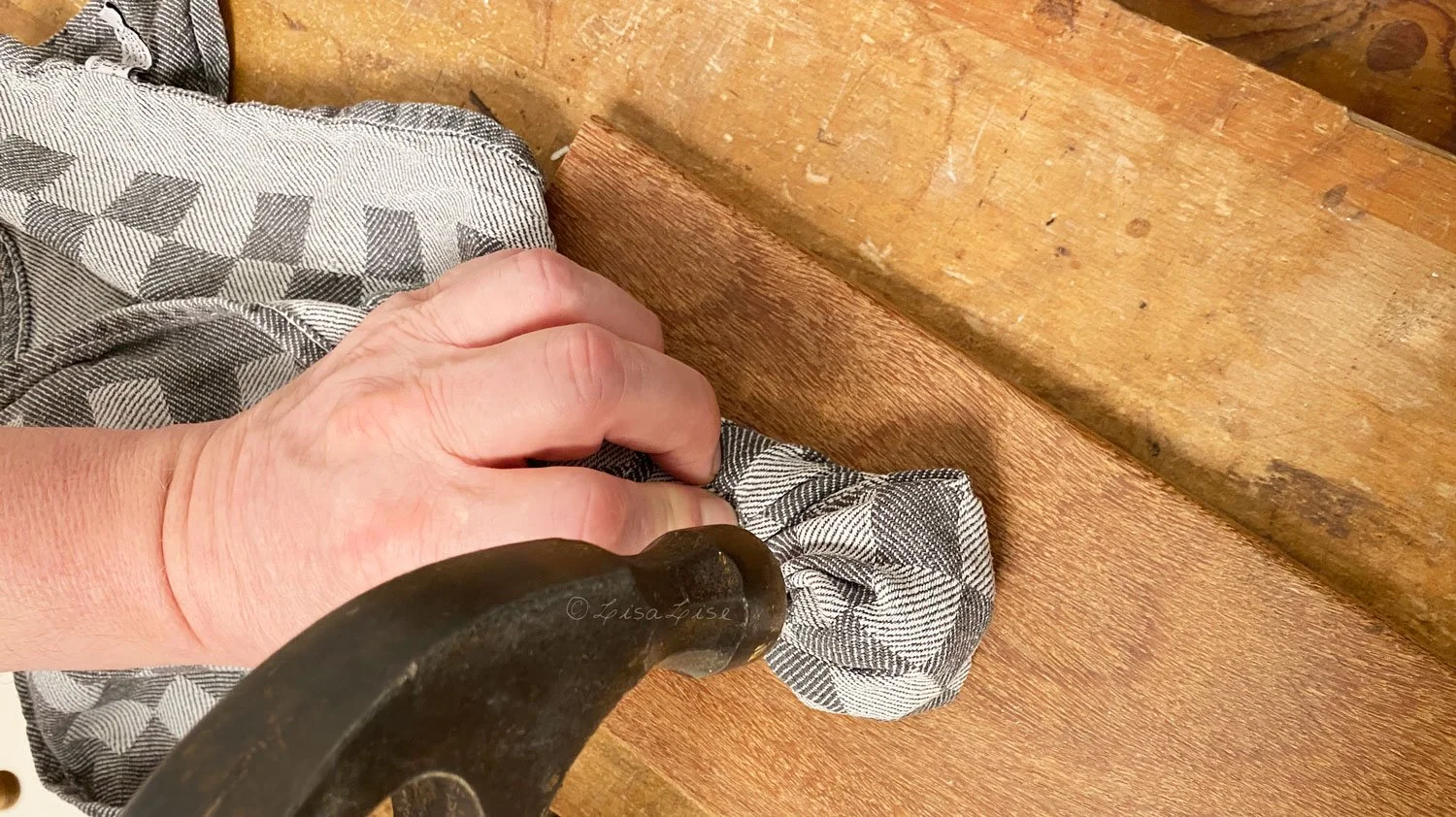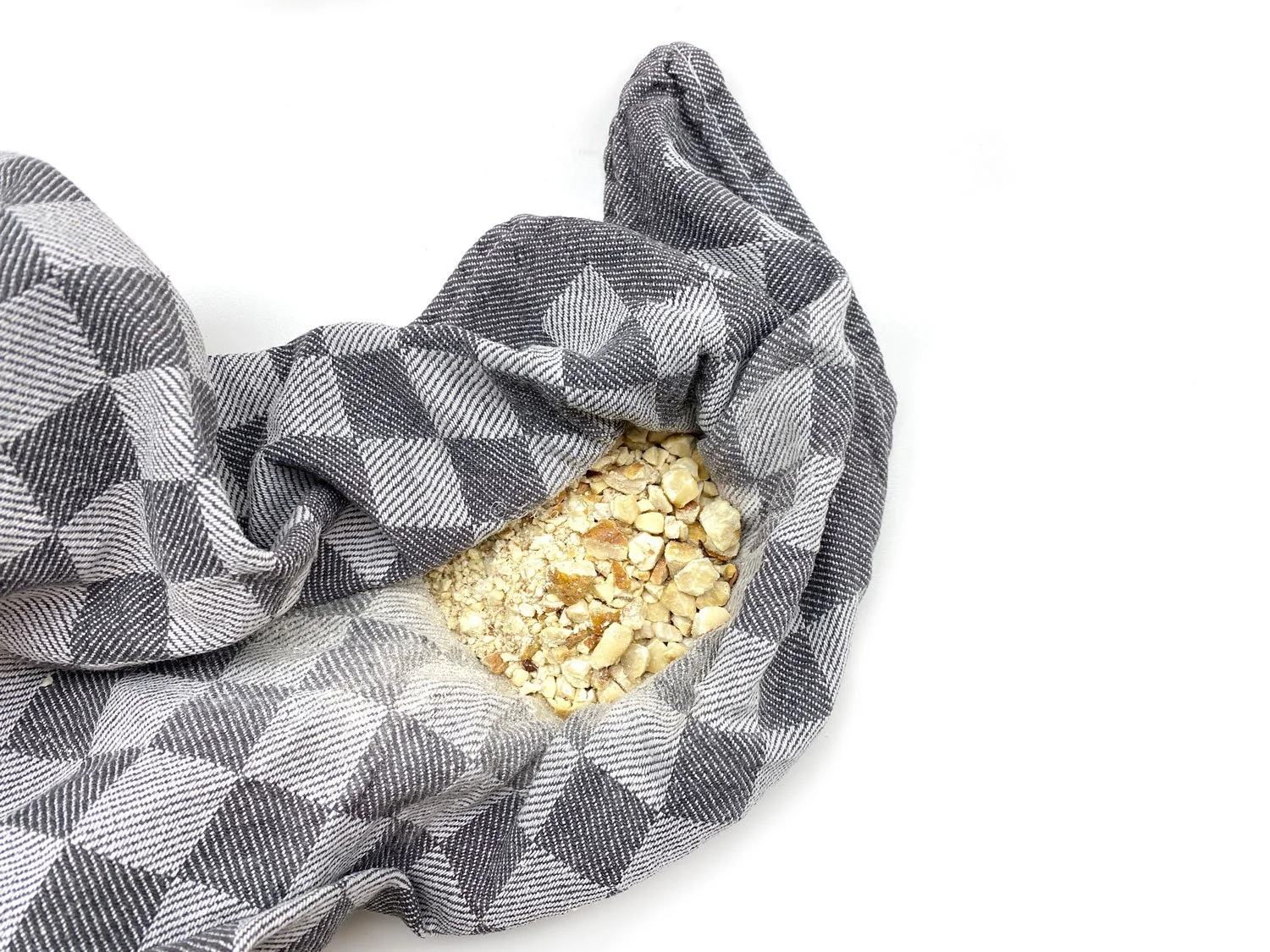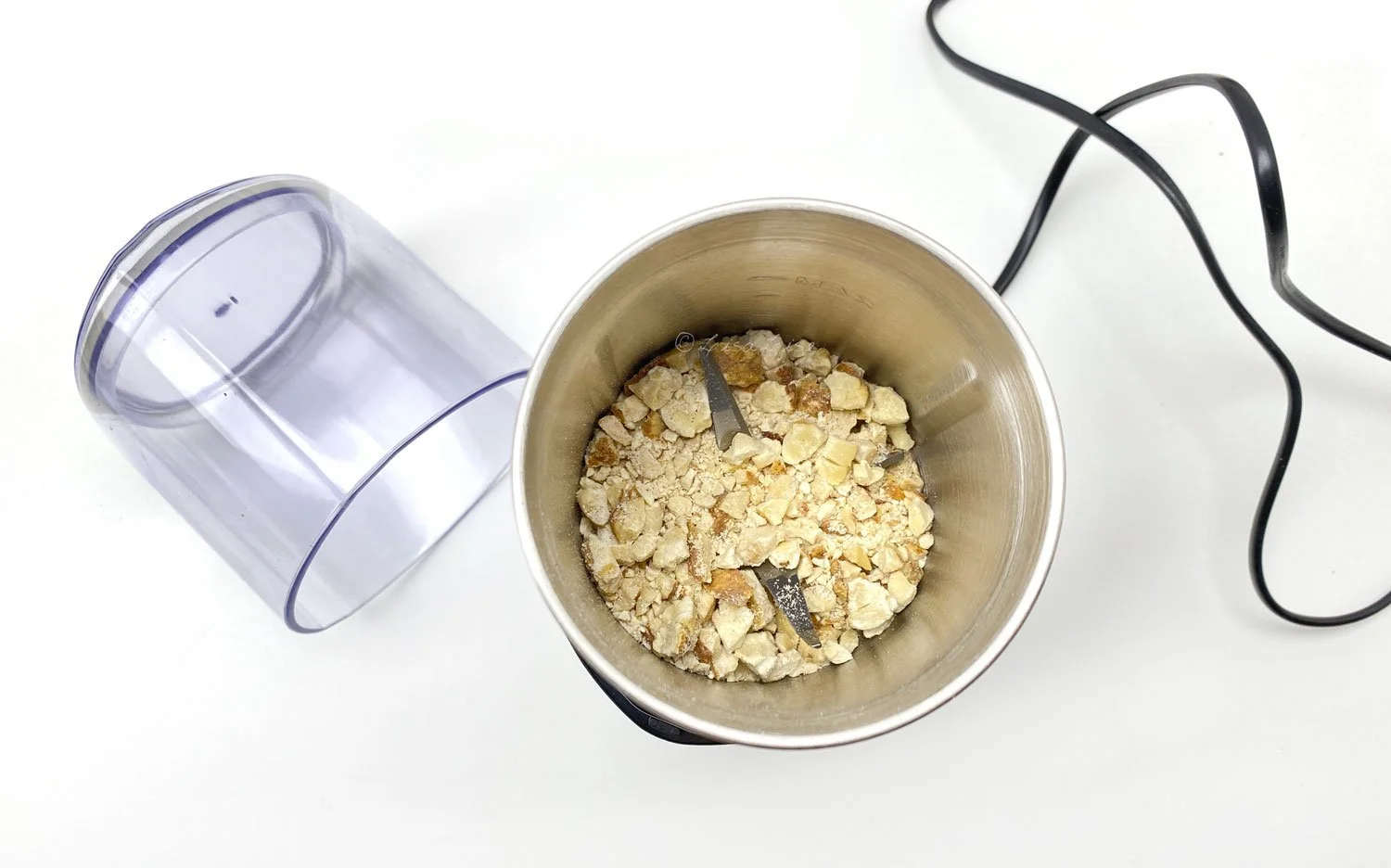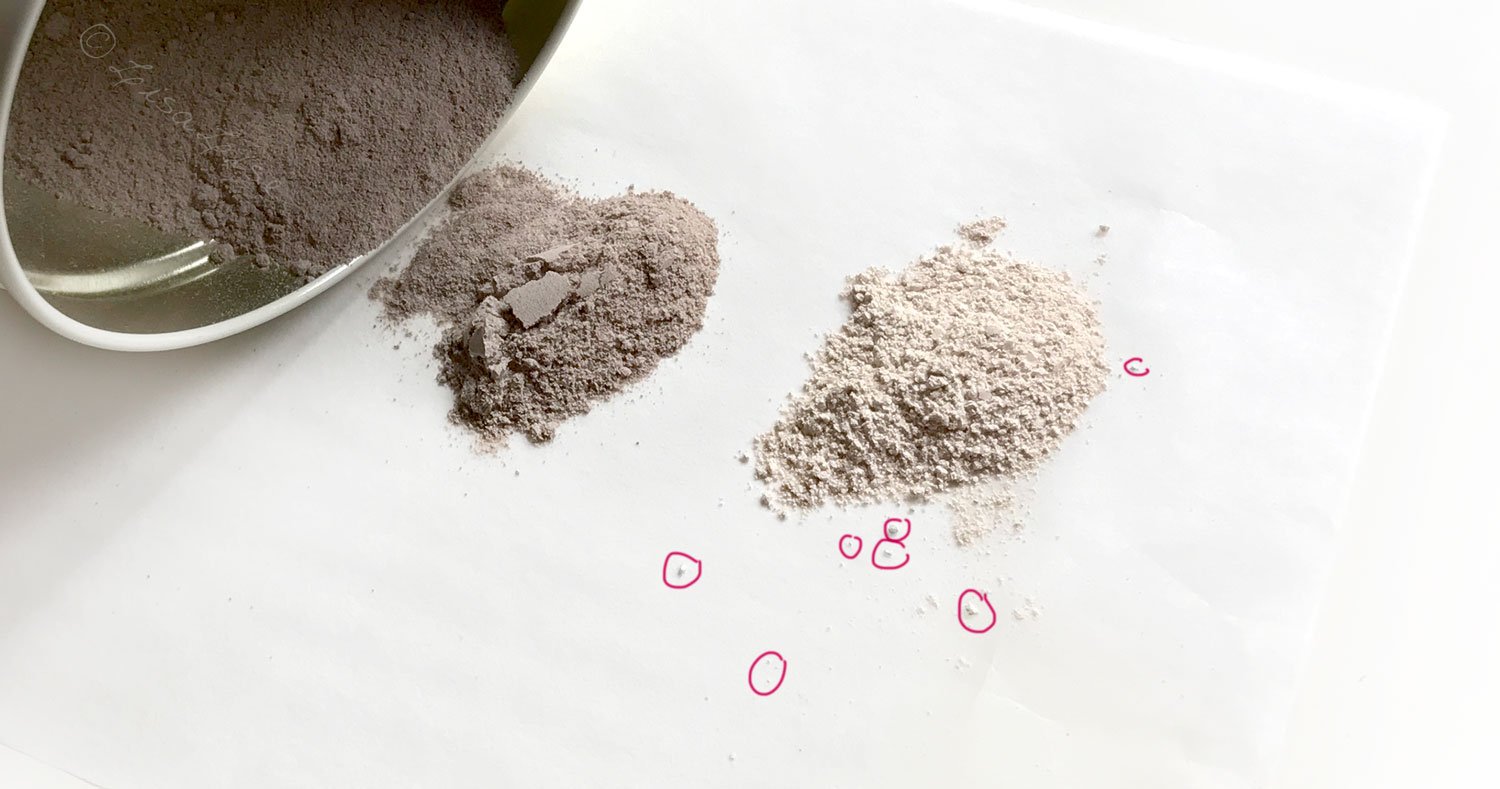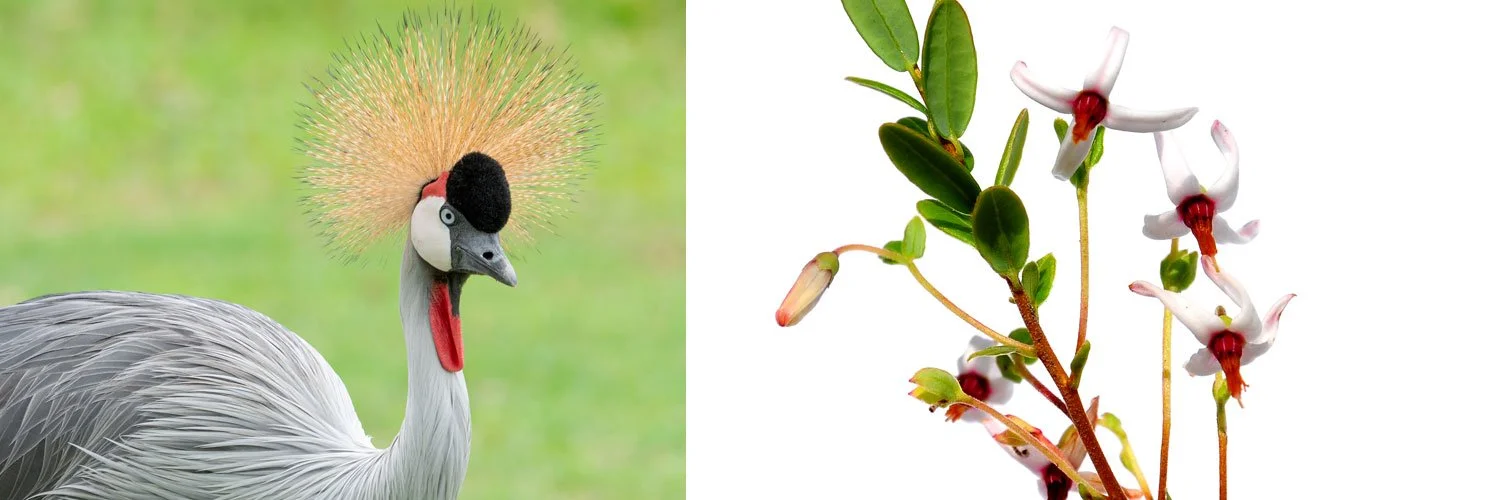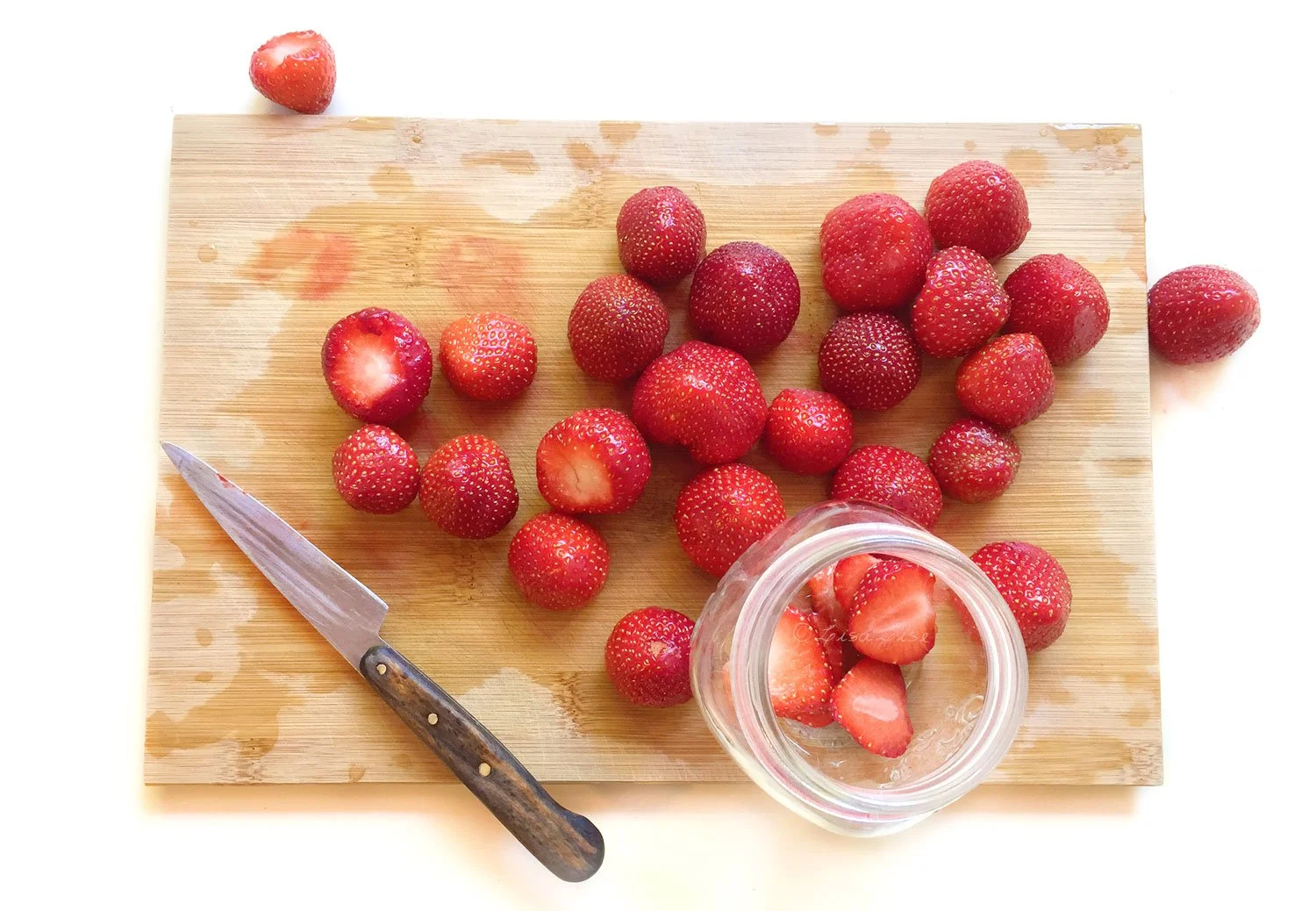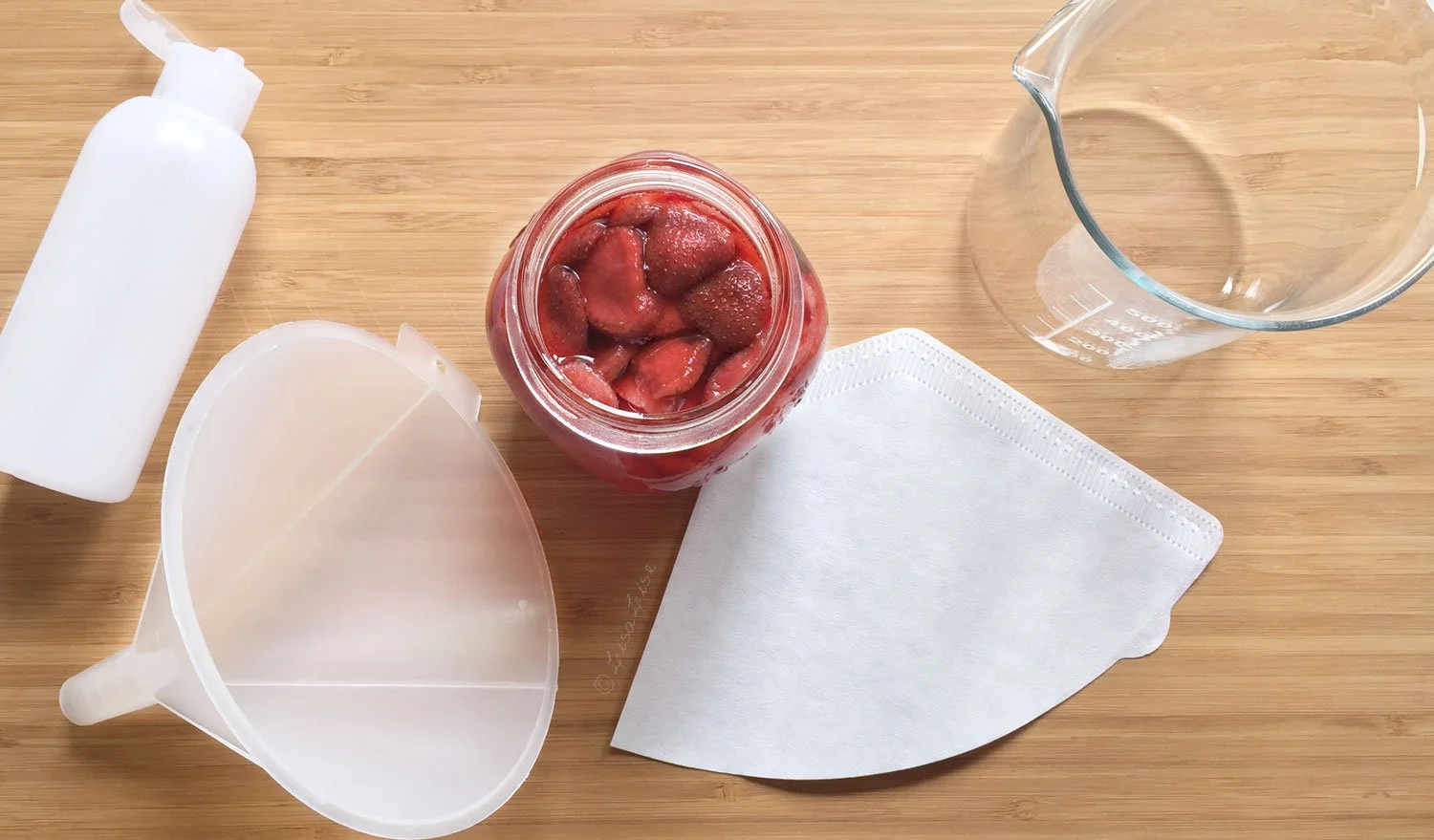A Glycerine Myth – Busted
In skincare, glycerine functions as a humectant – drawing moisture to the skin. Glycerine is traditionally added at around 5 - 10% of a formula - depending on the product.
It is a myth that glycerine can draw moisture FROM the skin and cause dryness if used at higher percentages.
Glycerine isn’t drying to the skin.
In a humid environment, glycerine will ‘draw’ moisture from the air. But much of the time, glycerin ‘takes’ moisture from the deeper layers of your skin and redistributes it to the surface layers. (REF)
Glycerine functions by ‘spreading around’ the moisture that is there.
About 20% of water present in the body is accumulated in the skin, with about 60–70% of that accumulated in the dermis, so if you have very dry skin to begin with then it’s not advised to use glycerine neat (which isn't very pleasant anyway because it’s quite tacky and doesn't feel at all nice when used neat).
Even though glycerine is generally added at lower percentages (5-10%) of most formulas, I've also experimented with that a bit and have discovered a world of new possibilities. Glycerites can successfully be used at rather high percentages in numerous different types of products. This book is full of formulas rich in glycerites.
Here's a link to a free formula for a face cream I developed with a fresh raspberry glycerite that contains a whopping 30% without feeling the least bit tacky.
If you decide to make it, I'd love to hear your feedback!
Glycerine's Preserving Power
Usage rate is everything when it comes to glycerine – because it has another really cool and useful ability: it can function as a preservative or aid to a preservative.
Since glycerine can function as a preservative all by itself, one would think it completely unnecessary to add a preservative to a glycerite.
And one would be absolutely correct.
There's a little hitch.
One needs to get the percentages of raw material to water to glycerine right to be sure one is making an adequately preserved extract.
I wrote an article that goes into more detail about this here: LINK
It's important to remember that glycerites can be made with everything from powder to dried herbs to fresh flower petals to juicy oranges, so the added water content is going to differ depending on the raw material used.
This needs to be factored in to ensure a successful outcome. Water content is where extra attention is necessary because water means life (which unfortunately for us formulators includes an invitation to bacterial growth).



